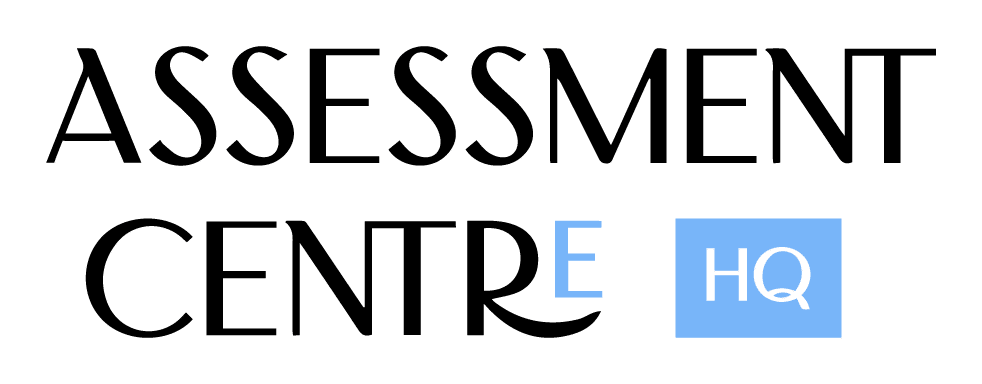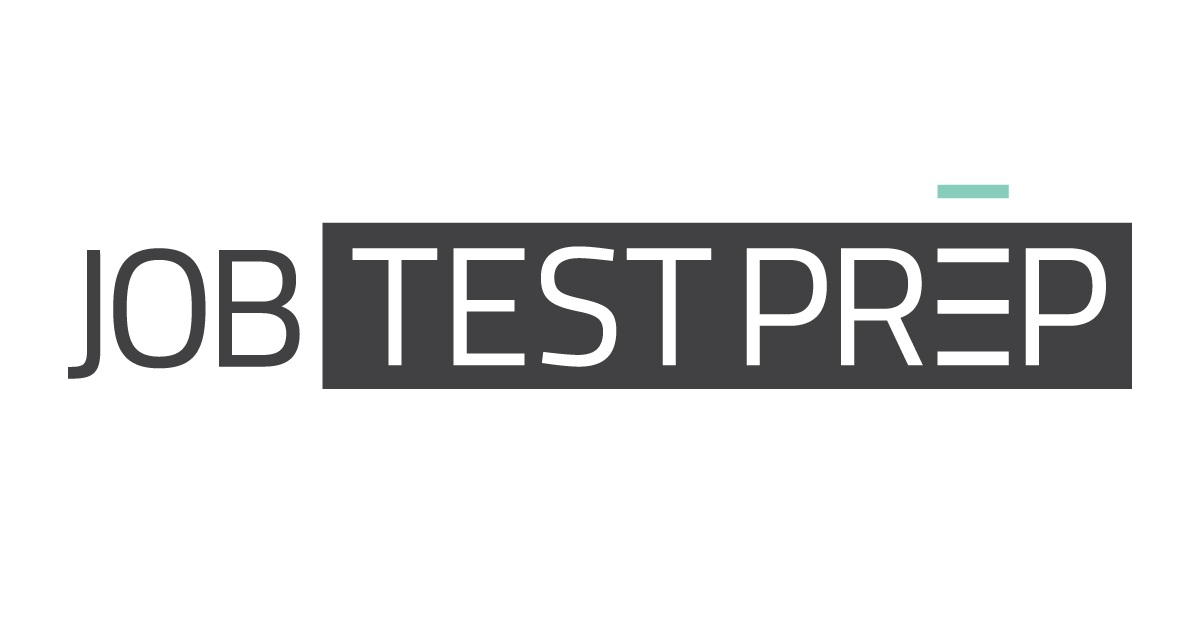
Navigating SHL Deductive Reasoning Tests: Your Comprehensive Guide
If you are looking for a job where you will need to make quick decisions based on the information you’ve been given, there is a good chance that you will need to complete an SHL Deductive Reasoning Test before going in for a job interview.
You need to complete the SHL Deductive Reasoning Test online. Depending on the employer, you will be required to take different versions of the SHL online test.
Employers use deductive reasoning tests to assess a candidate’s logic and reasoning skills and how well they can draw conclusions. The SHL deductive reasoning test will also assess their ability to find problems in the information they are presented in this test.
Table of Contents
What is the SHL?
Saville and Holdsworth Limited (SHL) is a well-known psychometric test publisher. The SHL’s tests are available in more than 150 countries and are available in at least 30 languages.
The SHL has assisted more than 10,000 businesses of different sizes and from various industries. Some of the agency’s clients include:
- Heineken
- Danone
- Amazon
- Microsoft
- Credit Suisse
- BAE Systems
- Bayer
Peter Saville and Roger Holdsworth founded the agency in 1977 and published its first test in 1978. The first personality test, the Occupational Personality Questionnaire (OPQ), was later published in 1984.
Since the SHL was founded, the agency has created various SHL tests, such as the SHL calculation test, SHL mechanical comprehension test, SHL situational judgement test, and many more.
Today, the SHL is owned by Exponent Private Equity after being sold to them in March 2018 from CEB and Gartner Inc.
What Is a Deductive Reasoning Test?
Companies will use a deductive reasoning test to assess a candidate’s ability to use an idea that is accepted to be true and draw a logical conclusion.
Take a look at the following statements:
- All cats are mammals.
- Mammals are warm-blooded.
With deductive reasoning, you should come to the conclusion that all cats are warm-blooded.
What Is the Difference between Inductive and Deductive Reasoning Tests?
You should not confuse deductive reasoning tests with inductive reasoning tests. Inductive reason tests involve using a specific observation to come to a general conclusion.
What Is the SHL Deductive Reasoning Test?
The SHL Deductive Reasoning Test is a test that needs to be completed during a company’s recruitment process. The test is used to assess your thinking skills.
The SHL Deductive Reasoning test will include questions about finding the strengths and weaknesses of an argument, evaluating the information you’re given, and drawing your own conclusions from this information.
The SHL deductive reasoning test has three different versions. There is one interactive version of this test and two non-interactive versions, which come in the form of multiple-choice questions.
Why Do Employers Use Deductive Tests?
Today, most employers will want employees who have excellent logical and deductive reasoning skills. Employers will use these tests to assess candidates’ skills to ensure that they get the best staff for their business.
While this test is more related to a high-skill job in an organisation, the SHL deductive reasoning tests every job type.
Hiring managers and recruiters will often use the SHL deductive reasoning test during the hiring process. Typically, candidates will be asked to complete this test before going in for an interview. This is because it is easy to have a group of job applicants complete this test in one go.
Jobs that require critical thinking skills and quick decision-making will likely require potential employees to complete this test.
Different Questions in the SHL Deductive Reasoning Test
There are different versions of the SHL deductive reasoning test. The version you’ll be asked to complete will depend on the type of job you’re applying for and the employer. Each version will have different questions, different difficulty levels, and its own time limits.
SHL Verify G+ Deductive Reasoning Test (Interactive)
In this version of the deductive reasoning test, you need to answer 12 questions within the time limit of 18 minutes. This means that you have 1.5 minutes to complete each item.
The instructions in this test will typically include phrasing such as, “An activity-based test will allow you to drag and drop and interact…” This interactive SHL Deductive Reasoning test is a new test that’s different from the multiple-choice version of the same test.
This test will include questions that revolve around organising an interactive calendar, organising meeting rooms, figuring out a person’s ranking based on different requirements, etc.
Some say that this interactive test is a more difficult version of the SHL deductive reasoning test because candidates need more time to answer the questions.
SHL Verify G+ Deductive Reasoning Test (Non-Interactive)
In the non-interactive SHL deductive reasoning test, candidates must answer 18 questions in 20 minutes.
There will be unique instructions in this test. These instructions might be phrased as, “After each question, there are four or five options for responding. Click on the correct response.”
This type of phrasing means that this SHL deductive reasoning test is a multiple-choice and non-interactive test. So, you will have to choose the correct answer from the four or five given options.
In this test, you can expect three different types of questions:
Tables with plenty of numbers and details followed by a question about the information provided.
A statement or paragraph that will be followed by a question such as, “Which statement can’t or must be true?”
A paragraph containing specific details followed by a question such as “Which assumption underlies the above argument?”
How to Prepare for the SHL Deductive Reasoning Test
Completing the SHL Deductive Reasoning Test without practicing or any prep work will make your life harder than it needs to be. Just because you have excellent deductive skills, it does not mean you can be overconfident.
If you’ve been asked to complete the interactive version of the test, you should remember that it will be different from other multiple-choice tests that you have completed before.
Additionally, keep in mind that the SHL deductive reasoning test will provide a few sample warm-up questions to help you prepare.
Free SHL Practice Tests
Sometimes, practice doesn’t make perfect. With the SHL Deductive Reasoning test, you will get an assessment invitation emailed to you, and it will include an SHL Direct and an SHL’s practice site that will include a few sample questions and free practice tests.
However, there are a few problems with this.
The invitation email will not tell you which SHL version you will need to practice for. So you will not know if you will need to practice for the non-interactive or interactive version of the SHL Deductive Reasoning Test.
The report that you receive after completing the test will only be for the non-interactive version. It will not tell you which questions you answered correctly. You will also not receive any feedback or explanations, so you will not be able to learn from your mistakes.
The free SHL deductive reasoning test will only include a small number of questions that you could be asked in the actual test. In some cases, the practice questions might be easier than the questions in the actual test.
As such, availing of premium SHL practice tests can really be beneficial. These practice tests will provide deductive reasoning answers, correct answers, and explanations. So, you will have more opportunities to improve compared with free SHL deductive reasoning practice tests.
How to Improve Your Deductive Reasoning Skills
A deductive reasoning skills test assesses your ability to solve a problem quickly and logically. You will need to interpret the information that has been provided, evaluate arguments, and then draw logical conclusions based on the information presented.
Deductive reasoning tests are another form of aptitude assessment and they are used to test a wide variety of candidates. It is handy because deductive reasoning skills are transferable and can be used in any professional environment.
You will most likely find a deductive reasoning test when applying for IT or engineering work. When answering questions in this test, you will think logically and work against the clock to logically find the work conclusion based on the information provided.
The best way to answer questions in a deductive reasoning test is to find a specific and fixed variable. Once you’ve found this, you will then be able to pit other pieces of information against this variable.
In the SHL deductive reasoning test, you will need to work accurately and quickly. If you are unsure about an answer, you can leave that question and later return to it.
Extra Tips For Preparing
With the SHL deductive reasoning test, it is important to remember that you will not be tested on how well you can complete a job-related task. This test is an aptitude test which tests your ability to draw logical conclusions and how quickly you can analyse information.
However, there are still some ways to prepare for the SHL Deductive Reasoning test.
Practice tests
Even with an aptitude test, working through a few practice tests before the actual test can go a long way in preparing. The practice tests will help you become familiar with the test format and understand how the questions will be phrased.
You will also get an explanation for the correct answers, which will improve your understanding of the test. If you answer a question wrong in the practice test, you will be able to see where you went wrong, thanks to the explanation.
However, you should not only practice once. You should practice with different tests. If you know who the test publisher is, you should reach out to them so you can practice with their specific practice tests.
Timing
The SHL Deductive reasoning test will be timed. You will only have 20 minutes to answer 18 questions with some test versions.
So when you practice, you should complete the practice tests with timed conditions. You can set up a timer for yourself. Remember, you will only have roughly one minute to answer a question.
Focus on the given details in the test
When you take the SHL deductive reasoning test, focus on the given details. Do not consider any pre-existing information or knowledge you have about the topic. Your conclusions should be based on the given information.
So, when you are working with an SHL practice test, you should only use the information that you have been given in each question. Check the common mistakes you have and try to address the problem areas.
Deductive Reasoning Tests FAQs
What Does the Deductive Reasoning Test Assess?
A deductive reasoning test assesses a person’s logical skills and problem-solving skills. So, when you are working through one of these tests, you will need to think analytically with several pieces of information in your head.
What is the SHL Verification Test (VVT)?
The SHL Verification Test is part of the SHL’s Verify test line. These tests will verify your test scores of a previous test you completed in the employer’s recruitment process. The verification test is usually handed out in the last stage of the recruitment process.
The verification test is usually shorter than the actual test and will include some of the same but random questions from a previous verification test. The results will not tally the number of correct answers but will just verify your previous results.
If you receive a verified score, it means that employers can use the original scores from the actual SHL deductive reasoning tests. However, if you receive an “unverified” score, the employer might not be able to use your original score.
How Is the SHL Verify Test Score Calculated?
After you passed the SHL Verify Test, you will need to pass a second verification test. The second verification test is meant to confirm the first test results.
The verification tests will include multiple-choice questions, and your answers will either be correct or incorrect or remain unanswered if you didn’t have time to complete these questions.
Assessors will count only the correct answers to calculate the scores, and employers will not consider the incorrect answers. So you will need to work quickly and accurately. This means that you will need to guess an answer rather than waste time finding the correct answer.
Employers will then compare the number of correct answers to other groups or standards that the recruiter or employer has chosen.
Your result is then compared to the average of the selected group and then translated into a percentage. The number between 0 and 100 will show your position compared to the chosen group.
You should remember that if you get 80% on your scorecard, it does not mean that you answered 80% of the questions correctly.
What Is the Average Score of Candidates for SHL Tests?
With the SHL tests, there is no information on the average score of a candidate. The most useful piece of information will be the percentage you received related to the comparison group. This percentage will differ for each test and against each comparison group.
What Is the Minimum Score Needed to Pass the SHL Test?
There is no minimum score needed to pass the SHL test. Employers and recruiters will consider only your percentage. All this will depend on what type of work you are applying for and the employer.
To give yourself the best chance of passing the SHL deductive reasoning, you will need to answer as many questions as possible.
What Does the Term “Adaptive Test” Mean in SHL Tests?
With the SHL tests, the non-adaptive test, such as a “pencil paper” test, will have the same questions laid out in the same way for everyone who takes the test. But you will be able to answer questions in any order that you want.
In most cases, applicants will choose to answer these questions in the order they are presented. In some cases, you might choose to move on to the next question if you are unsure about the answer and come back to it later.
On the other hand, the question order will change with an adaptive test from person to person. The change in order will ensure that a candidate’s first question is roughly related to their level based on their characteristics.
The next question in the test will be based on the answer to the previous question. This means that the test is adapted to each person who takes this test.
For example, if you come across a question that is too difficult and you answer it incorrectly, the next question will have a slightly lower level. However, if you answer a question correctly, the next question will be at a slightly higher level. The test will keep working like this until your skill level has been assessed.
What is SHL’s Item Response Theory (IRT)?
Lord created the Item Response Theory (IRT) in 1952. The IRT allows aptitude tests to be correctly adapted for different candidates and various comparison standards. The IRT process will use a bulk of different questions, with each question created specifically and studied to a multi-parameter system.
A two-parameter system is used for the Verify test run with the SHL tests, such as the deductive reasoning test. This system means that the agency will assess the questions on two different parameters, such as how difficult the question is and how likely it is you will provide a correct answer.
The questions will typically undergo various other tests before entering into the question bank. For instance, if a question is too easy or too difficult, it will be removed during the testing process.
This system prevents candidates from cheating on these tests. No two candidates will get the same set of questions. This system also provides an understanding of the candidate’s level when compared to other groups.
Notice of Non-Affiliation and Disclaimer
We are not affiliated, associated, authorized, endorsed by, or in any way officially connected with SHL Group Limited, or any of its subsidiaries.
The name SHL Group as well as related names, marks, emblems, and images are registered trademarks of their respective owners.
Read also:
Sarah is an accomplished educator, researcher and author in the field of testing and assessment. She has worked with various educational institutions and organisations to develop innovative evaluation methods and enhance student learning. Sarah has published numerous articles and books on assessment and learning. Her passion for promoting equity and fairness in the education system fuels her commitment to sharing insights and best practices with educators and policymakers around the world.








